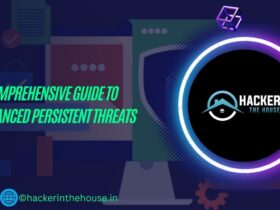OAuth 2.0 has become the go-to protocol for authorization and authentication across modern web and mobile apps. It allows seamless login to sites using credentials from Google, Facebook, and other providers. However, vulnerabilities in OAuth can threaten user security if not addressed. This article will cover best practices to harden OAuth and safeguard online accounts.
Understanding the OAuth Threat Landscape
To build robust OAuth defenses, it’s important to recognize potential attacks:
- Phishing schemes trick users into entering credentials on fake login pages, capturing their details.
- Intercepting unencrypted network traffic can allow stealing authorization codes and access tokens.
- Redirect URI manipulation exploits weaknesses to steal tokens or redirect victims.
These attacks can lead to account hijacking, data theft, and financial fraud. High-profile breaches like the 2022 Okta incident demonstrate the real-world dangers of insecure OAuth.
Implementing Strong OAuth Authentication and Authorization
A priority is enabling strong authentication when users authorize app access. Multi-factor authentication adds an extra layer of identity confirmation beyond passwords. Adaptive authentication solutions also step up security for risky logins by analyzing context. Biometric checks like fingerprint scans further strengthen OAuth flows.
Key steps to lock down OAuth endpoints include:
- Robust secrets and token management limit exposure if stolen.
- Transport Layer Security (TLS) encryption secures network traffic.
- Validating redirect URIs prevents manipulation attacks.
- Minimizing token scopes and permissions reduces risks.
Building a Secure Technical Infrastructure
Comprehensive data encryption is vital to secure OAuth on the backend:
- Encryption of data in transit and at rest prevents interception.
- Rigorous key management secures generation, storage, rotation, and access.
- Emerging standards like JWE offer stronger encryption algorithms.
Regular audits, vulnerability scans, and penetration testing uncover any gaps. Incident response plans allow quick responses to OAuth-related breaches.











Leave a Reply